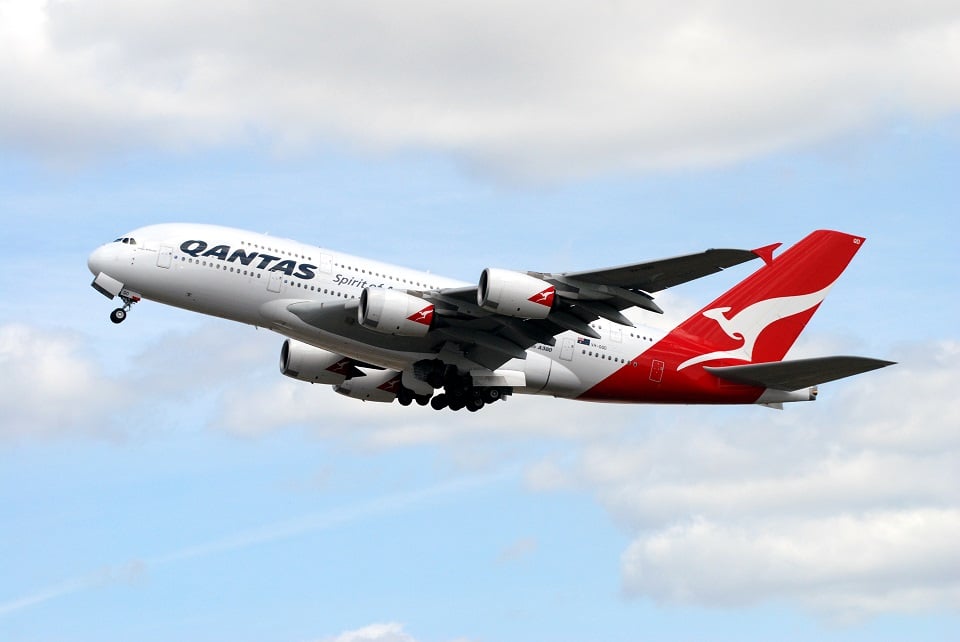Aviation
Emirates ends 2017 on a high note reaching fleet and product milestones

Dubai, UAE – 28 December 2017: Emirates, the world’s largest international airline, is concluding another banner year of growth and innovation, marking significant milestones across its fleet, network, and product innovation initiatives, cementing its position as a market leader and industry trendsetter.
Since January 2017, Emirates has carried over 59 million passengers. The airline served over 63 million meals on its flights departing Dubai*, and moved over 35 million pieces of baggage in Dubai to its network of 156 destinations.
Emirates registered over 3,600 passenger flights on average per week, or over 191,000 flights in 2017, travelling more than 886 million kilometres around the globe, which is equivalent to over 16,000 trips to Mars.
Reflecting on the year, Sir Tim Clark, President Emirates Airline said: “Despite the ups and downs of 2017, Emirates delivered steady growth and we have come out stronger and even more resilient. Throughout the year, we challenged convention and acted nimbly to mitigate challenges and maximise opportunities. We implemented initiatives to boost revenues, trim costs, and used emerging technologies to make our business and operations more agile, without compromising on quality or service. We enter 2018 with optimism, and an unflagging drive to keep raising the bar in terms of customer experience and business performance.”
Fleet Milestones and Investments
Emirates grew its fleet by 21 new aircraft in 2017, with 9 A380 and 12 Boeing 777-300ER deliveries, rounding off the year with 269 aircraft, and 243 aircraft pending delivery. The airline also retired 11 aircraft over the course of the year.
The airline marked 9 years of A380 operations and also celebrated its 100th A380 delivery milestone in November, strengthening Emirates’ position as the world’s largest operator of the iconic double-decker aircraft. The Emirates A380 has carried over 90 million passengers since its introduction in 2008.
Powering its fleet expansion and future growth, Emirates made global headlines at the Dubai Airshow when it placed a US $15.1 billion for 40 Boeing 787 Dreamliners. The order will enable the airline to maintain a young and efficient fleet, complementing its Boeing 777 and A380 fleet by providing more flexibility to serve a host of new destinations and help unlock further growth.
To meet the growing demand for highly skilled commercial pilots, 2017 also saw the opening of the Emirates Flight Training Academy, one of the most advanced aviation training facilities in the world providing a complete integration of next-generation flight training. Emirates’ investment in the academy underscores its commitment to support and develop pilots for its own operations as well as for the broader aviation industry.

Aviation
Lost Tool Found in Qantas A380 After 34 Flights

An Australian Transportation Safety Bureau (ATSB) investigation recently revealed that a Qantas A380 operated 34 flights with a 1.25-meter nylon tool lodged in one of its engines.
This turning tool, used during borescope inspections to rotate the intermediate-pressure compressor, was left behind during scheduled maintenance at Los Angeles on December 6, 2023. It remained inside the engine until it was discovered by maintenance staff during a subsequent check at Los Angeles on January 1, 2024.
China Takes the Lead in Sixth-Generation Fighters with White Emperor B
The ATSB report highlights two critical lapses. First, maintenance engineers failed to notice the tool during final checks for foreign objects after the borescope inspection. Second, the lost tool procedure was not activated when the tool was identified as missing.
The certifying engineer ultimately cleared the aircraft for service without accounting for the misplaced tool. During the time qantas films the tool was inside, the A380 completed 34 flight cycles, accumulating nearly 294 hours without any noticeable effect on engine performance.
Although the tool was deformed by high-energy airflow within the engine, there was no reported damage to the engine itself. ATSB Chief Commissioner Angus Mitchell commented.
India’s C-295 to Gain Advanced Weapons for Maritime Surveillance
“This incident underscores the importance of following established maintenance protocols. Engineers missed the tool during foreign object checks, and the required lost tool procedure wasn’t started after realizing the tool was missing.”
Following the investigation, the airline issued a safety directive, urging all engineering and tool storage teams to adhere strictly to these protocols to prevent similar incidents in the future.
A qantas spokesperson stated, “While the tool didn’t impact engine performance, we take this incident very seriously. It is critical to follow the correct lost tool procedures.”
-

 Aviation2 months ago
Aviation2 months agoBoeing confirms 797: A New Era for Mid-Size Aircraft
-

 Aviation2 months ago
Aviation2 months agoMicrosoft Flight Simulator Raises $3 Million to Bring Back the An-225 Mriya
-

 Aviation2 months ago
Aviation2 months agoLockheed and Tata Team Up to Build C-130J MRO Facility in India
-

 Airlines2 months ago
Airlines2 months agoQantas Engineers Stage Walkout Over Cost of Living Concerns
-

 Airlines2 months ago
Airlines2 months agoQatar Citizens Can Travel to the United States Without a Visa
-

 Aviation2 months ago
Aviation2 months agoBoeing Offers 25% Pay Increase & Promise to Build Next Plane in Seattle
-

 Aviation2 months ago
Aviation2 months agoQatar Airways bans these new Electronic Devices on plane
-

 Airlines2 months ago
Airlines2 months agoEmirates Ends 28-Year Singapore-Melbourne Fifth Freedom Route
















